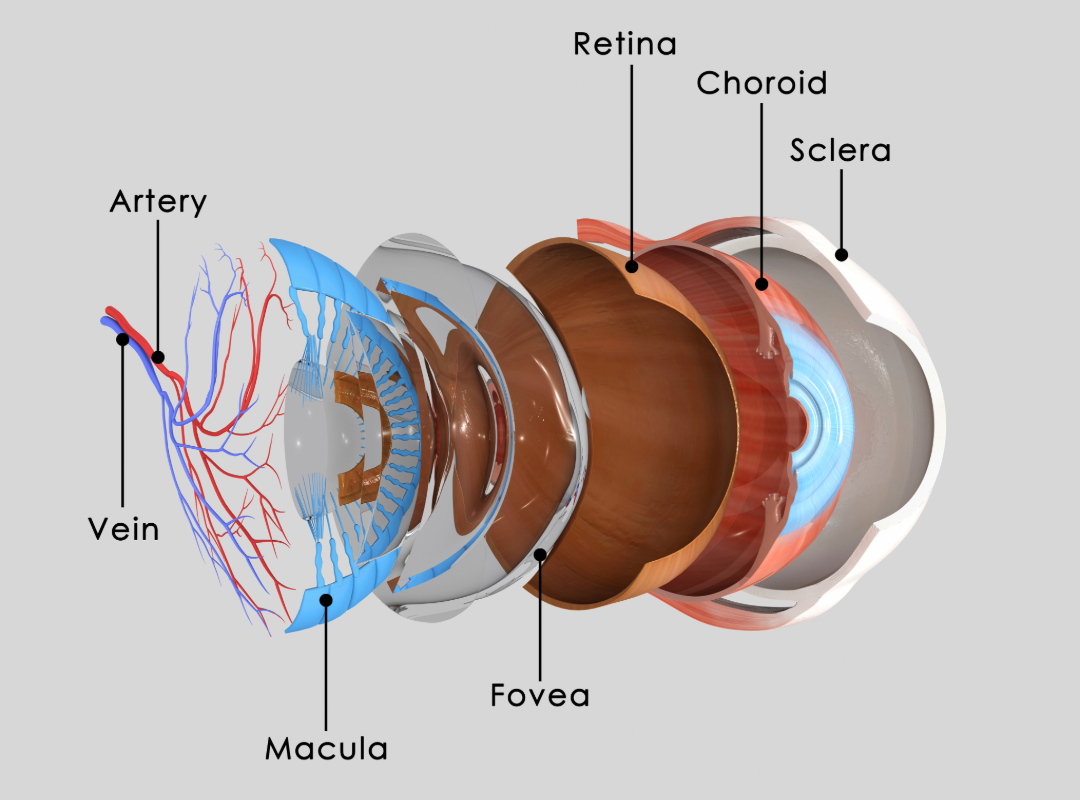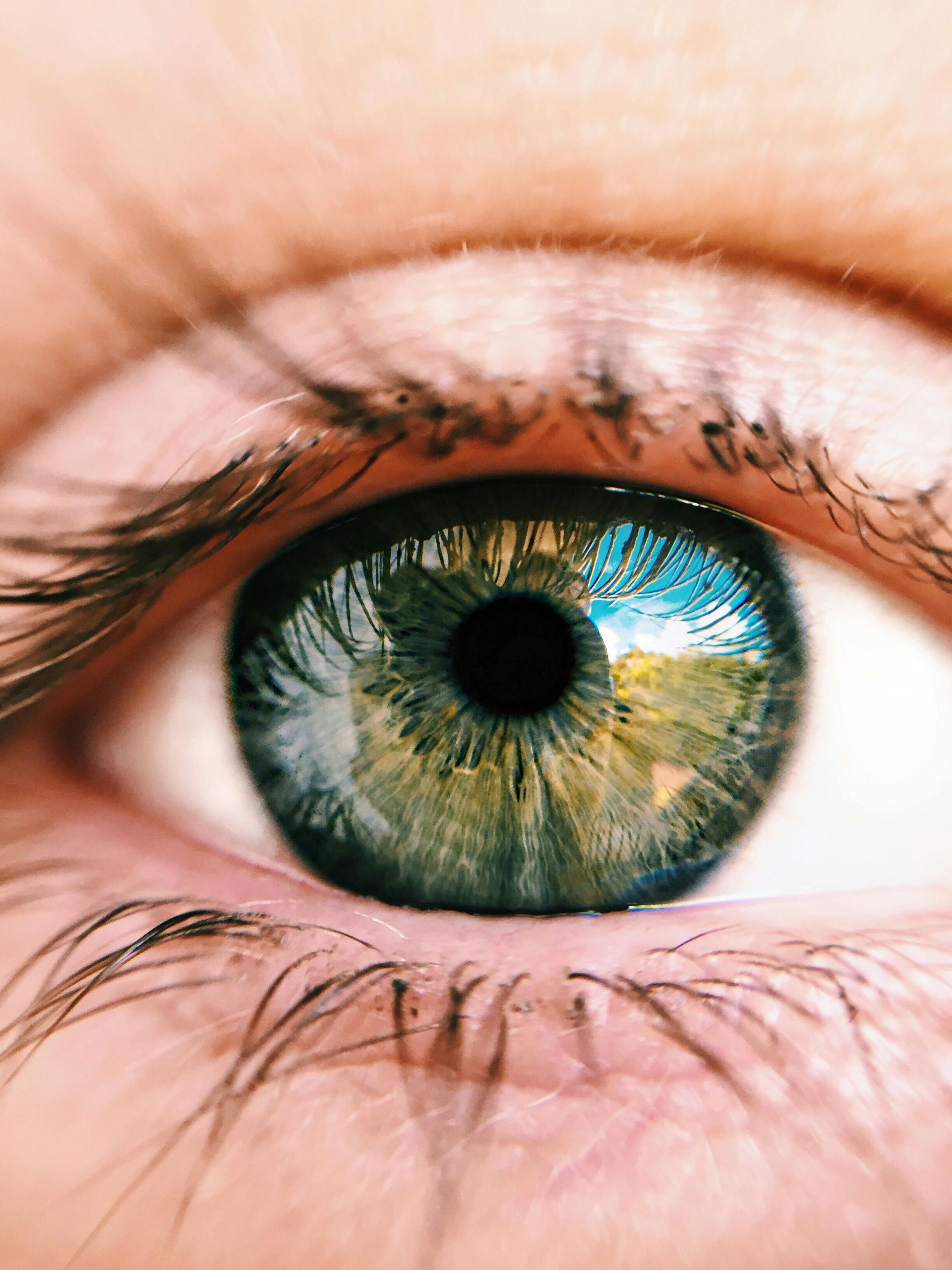Glaucoma
Causes, Symptoms, Diagnosis, and Treatment
What is Glaucoma?
Glaucoma is a chronic degenerative eye disease that damages the optic nerve, which is vital for vision. This can lead to permanent vision loss if not diagnosed and treated early. The optic nerve gathers all the visual data from the eye and relays that information to the brain. It ranks among the primary causes of blindness in Canada.
Worried about glaucoma?
Early detection can save your vision—book an eye exam today!
Symptoms of Glaucoma
Glaucoma is known as the "silent thief of sight" because it often progresses without noticeable symptoms until vision loss occurs. Typically, peripheral vision is the first to be impacted, with central vision being affected in the later stages of the condition. Possible symptoms may include:
- Gradual loss of peripheral vision (often in both eyes)
- Tunnel vision (in advanced stages)
- Eye pain, red eyes, nausea, and blurred vision (sudden onset - acute angle-closure glaucoma)
Common Causes of Glaucoma
The exact cause of glaucoma isn't fully understood, but there seems to often be a correlation between abnormally high pressure in the eye and decreased blood flow to the optic nerve. Other risk factors include:
- Injury or infection: An injury, infection, or tumor in or near the eye can elevate the pressure within the eye, resulting in secondary glaucoma.
- Genetics: Family history of glaucoma can increase the likelihood.
- Age: Glaucoma is more common in adults over 40.
- Medical Conditions: Conditions like diabetes, high blood pressure, and heart disease are linked to a higher risk.
Diagnosing Glaucoma
Our optometrists at Saugeen Vision Centre can diagnose glaucoma through a routine eye exam that includes specific tests, including:
- Tonometry: Measures intraocular pressure (IOP).
- Ophthalmoscopy: Examines the optic nerve for damage.
- Perimetry: A visual field test to check for vision loss.
- Gonioscopy: Inspects the drainage angle in the eye.
Treatment Options for Glaucoma
If detected early, glaucoma can be effectively managed with eye drops, medications, or laser treatment, leading to minimal or no further vision loss. It’s important to remember that prescribed eye drops must be used consistently to maintain eye pressure control.
- Prescription Eye Drops: To reduce eye pressure by decreasing fluid production.
- Oral Medications: To improve fluid drainage and reduce eye pressure.
- Laser Therapy & Surgery: Procedures like trabeculoplasty or drainage implants can help manage pressure in more severe cases.
Risks of Untreated Glaucoma
If left untreated, glaucoma can lead to irreversible vision loss and blindness. Peripheral vision is affected first, followed by central vision loss during late stages of the disease, but complete blindness may also occur. Early detection is essential to prevent significant damage.
Regular eye exams are crucial in catching signs early and helping you find the appropriate treatment plan. If you’re experiencing symptoms of glaucoma, contact your optometrist for a comprehensive assessment and to explore the best options for your eye health.









